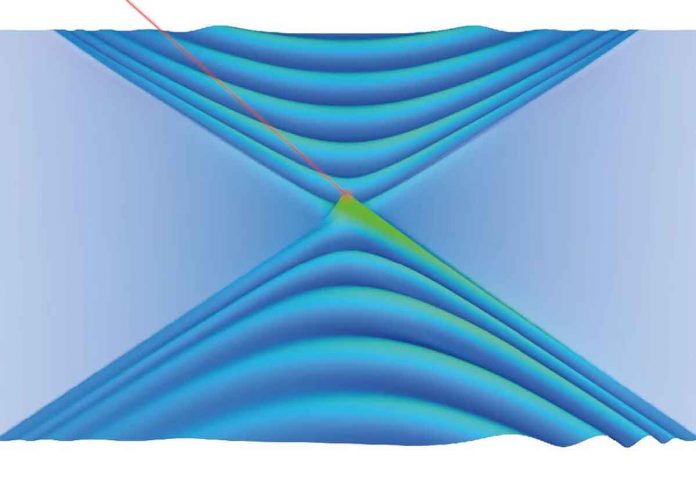Fritz Haber Institute of the Max Planck Society, Vanderbilt University, City University of New York, University of Nebraska and University of Iowa scientists have published new results on asymmetric light-matter waves. The study has been published in Nature. The study has uncovered that low-symmetry crystals can support a new type of wave enabled by optical “shear forces.” The study offers new possibilities for compact optical technologies. It has enabled new ways to guide light or to store information optically.
We use different materials to make optical components for different functionalities. This includes anti-reflective coatings or lenses. Crystals with asymmetric structure are very useful. As light here propagates in unusual ways. In enables novel optical phenomena. But not all types of crystals have been explored for photonic applications.
Scientists explored monoclinic beta-gallium oxide. The “monoclinic” crystal class has been previously unnoticed in past studies. Scientists also uncovered that these crystals exert shear forces on light propagating along its surface.
Scientists discovered new properties of the shear polaritons, in contrast to previous observations of hyperbolic phonon-polaritons using crystals with a symmetric structure. Their propagation direction matters on the infrared wavelength and their wave fronts are tilted. Optical shear phenomena are responsible for these new features. These exclusively arise because of the lower crystal symmetry and the associated alignment of the lattice vibrations. So, the crystal symmetry is the fundamental reason for these discoveries.
Scientists expect that these results will open new avenues for polariton physics in materials with low symmetry. It will include many geological minerals and organic crystals. The study will also provide much greater choice of materials for technological development. It will enhance design options for compact photonic components. This will be a big step forward for miniaturization of optical circuitry in future nanophotonic technology.

